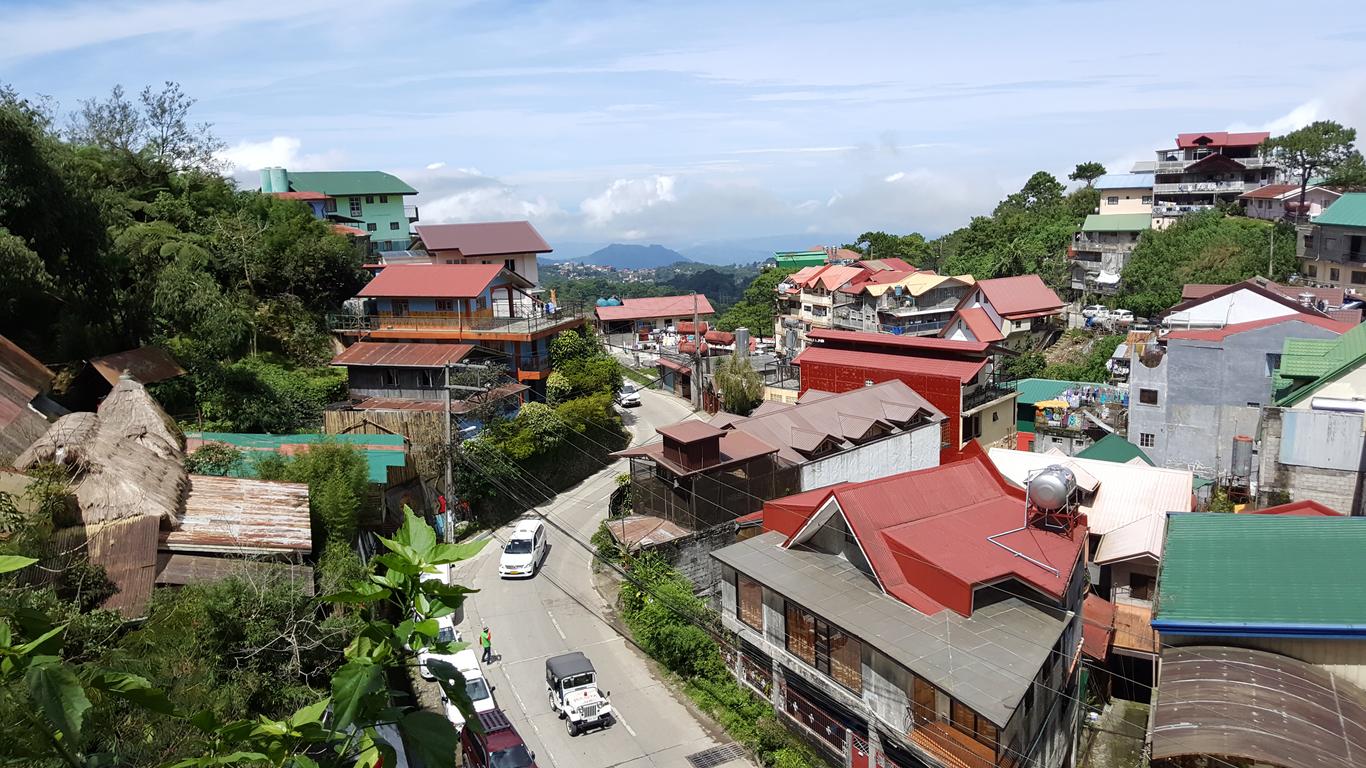The largest and most populous island in the Philippines, Luzon occupies the very northern end of the archipelago. It’s home to the pulsing capital Manila, together with spectacular mountainous landscapes and idyllic beaches, with its accessibility making it one of the country’s most popular tourist destinations.
Luzon can roughly be divided into four areas, with the northern section dominated by the Cordillera mountain range and the island’s highest peak, Mount Pulag, together with the Sierra Madre mountains and the lush, mist-filled Cagayan Valley with its waterfalls and caves. The Cordillera are home to the UNESCO World Heritage-listed Banaue Rice Terraces, hand-carved by Ifugao tribes throughout the last 2,000 years, in addition to the intriguing hanging coffins of Sagada. The north is also renowned for its atmospheric historic town of Vigan, recently named one of the “New 7 Wonder Cities of the World”, together with the pristine beaches of Ilocos Norte. The centre of the country features an immense rice-growing plain, together with the famed volcano of Mount Pinatubo within the Zambales Mountains. The largest lake in the country, Laguna de Bay, lies alongside the sprawling metropolis of Manila, so large that it is considered a region itself, with the Bicol Peninsula stretching south-east from here. Its rugged, mountainous terrain is home to the Cagsawa ruins which remain from the 1814 eruption of symmetrical Mayon Volcano, and its coast is lined with picture-perfect beaches.
The Ninoy Aquino International Airport in Manila is the premier gateway to the Philippines, from where there are taxis and colourful jeepneys that will transport visitors to the capital. Numerous bus companies depart from depots across Manila to destinations throughout Luzon, or there are domestic airports scattered both north and south for those who prefer flight connections.
Prior to Spanish colonial rule on Luzon, the island was divided between different religious kingdoms and ethnic tribal groups, each with their own trade connections across Asia. The Spanish broke up these kingdoms to establish Las Islas Filipinas, with Cebu serving as the capital before it was moved to Manila in 1570 after the local Rajah Sulayman was defeated.





